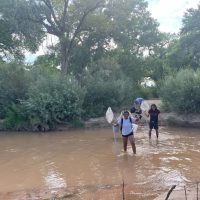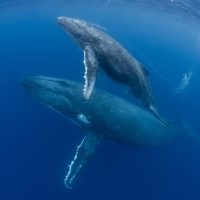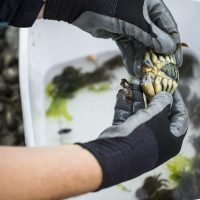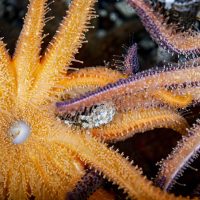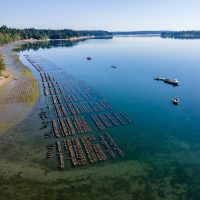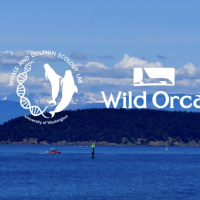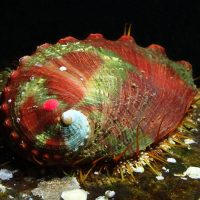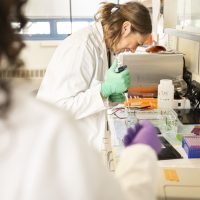Filter Results
Summer research on the Rio Grande
During the summer of 2025, members of the Wood Lab travelled to Albuquerque, New Mexico to work with Drs.Tom Turner and Sara Brant from University of New Mexico Museum of Southwestern Biology to quantify the change in parasite abundance and diversity in the Rio Grande over the past 72 years, a period stretching from 1938 to 2010.
Read moreLonger body size means more female calves for baleen whale moms
Long baleen whale mothers are more likely to have female calves than males, according to a new study led by the University of Washington. The findings, published by UW QERM student Zoe Rand and Professors Trevor Branch and Sarah Converse, contradict a popular evolutionary theory postulating that strong mammals benefit more from birthing males.
Read moreTracking the population’s advance while probing the inner workings of the European green crab
For almost a decade, the Washington Sea Grant Crab Team has been surveilling the advance of the invasive European green crab. In 2015, the team was formed to engage citizen scientists in a search for the first signs of an invasion into Puget Sound, with the first documented trap of a green crab taking place a year later in August 2016. They have now been found in more than 30 trapping sites. A new story in Salish Sea Currents features tracking efforts tracking efforts and research into the invasive crab.
Read moreInspired by her mother and the mountains: Aashna Sharma writes for Science
Fullbright Scholar, Science contributor, freshwater biologist. These are some of the ways to describe Aashna Sharma, who is currently working with Dr. Julian Olden at SAFS as part of her two-year postdoctoral fellowship. From the foothills of the Himalayas in India, Aashna was recently inspired by the Past as Prologue feature in Science that highlights how different scientists from around the world are shaped by their family and background, and submitted a piece herself.
Read moreDiscovery of the decade reveals the culprit behind sea star wasting disease
Until now, no one knew what caused the sea star wasting disease which wiped out populations along the West Coast starting in 2013. But an international research effort including scientists from the University of Washington has finally revealed the cause: a strain of the bacterium Vibrio pectenicida.
Read moreSeattle’s new waterfront is alive — if you know where to look
A new story in the Seattle Times shows just how alive the Seattle waterfront is, if you know where to look. From baby salmon to bull kelp, the renovations at the waterfront include a seawall where the public can look down at the fish-friendly seawall. The UW Wetland Ecosystem Team has been instrumental in this work, with continued monitoring of the site.
Read moreIn a shifting ocean environment, what are the impacts on Pacific oysters?
Seeking to understand the impacts of environmental stressors on Pacific oysters is the driving force behind a years-long research project involving scientists from the University of Washington and NOAA, and in collaboration with the oyster industry. Critical in aquaculture, Pacific oysters are the dominant oyster species grown on the US West Coast, with the industry in the Pacific Northwest alone valued at over $270 million a year.
Read moreWhy study diet? New research video featuring the southern resident killer whales
A new video features how genetic metabarcoding is being used by the UW Whale And Dolphin Ecology Lab, led by Amy Van Cise, to understand and conserve southern resident killer whales in the Salish Sea.
Read moreRaising the next generation of endangered pinto abalone
A new study, led by recently-graduated doctoral student Eileen Bates and principal investigator Jacqueline Padilla-Gamiño, and funded by Washington Sea Grant, found climate change stressors negatively impact pinto abalone during their larval stage.
Read moreGenetic metabarcoding to study marine mammals
Working with Assistant Professor Amy Van Cise in the Whale and Dolphin Ecology Lab, Arial Brewer (PhD, SAFS) and Mollie Ball (BS, Marine Biology) were preparing metabarcoding libraries to study marine mammals. This means barcoding DNA (or eDNA) in a manner that allows for the simultaneous identification of many taxa within the same sample.
Read more